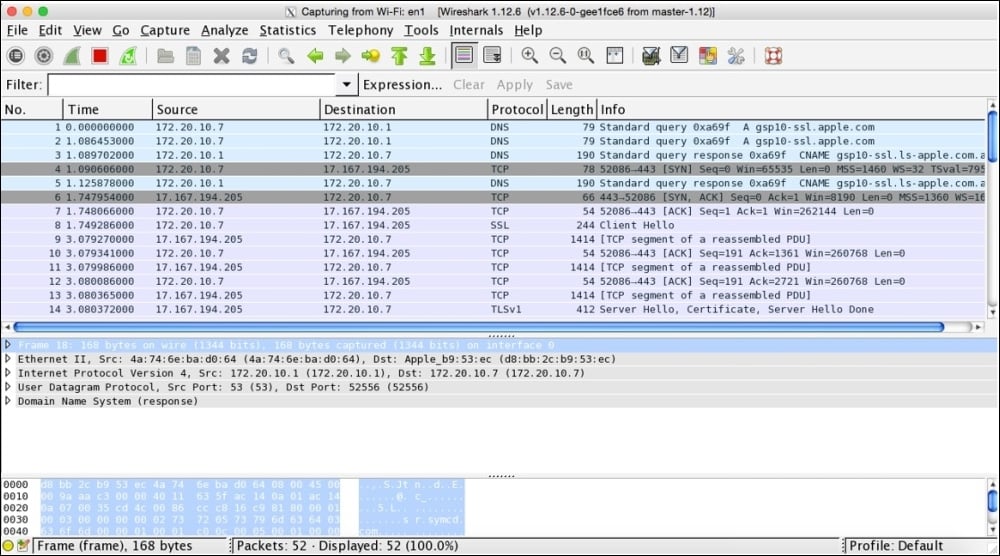

Ensure you have adequate space on the machine running the capture if you suspect it will run for some time, as there is a risk that the capture will fill the storage. You can get even more detail up to and including the content of that specific packet.Īn important final note: Wireshark captures are inherently massive, especially if the capture filter is broad or not defined at all.

The "length" refers to the overall packet length sent or received, and the details will show anything relevant (for instance, packets sent TCP but with no ACK response).

Source and target addresses are just as they say, as is protocol.

The time format can be selected from a few options under the view menu. The capture itself is pretty self-explanatory: Both capture and display filters have a broad spectrum of options, and they are covered in the Wireshark wiki (link below). They should be entered into the display filter field at the top of a running or previously run capture. The examples, in order, filter to a stated IP address, traffic on ports 22 and 443 (the || is a boolean OR operator), or only HTTP traffic. After configuring this correctly, you can run the capture and then use display filters to pare that down further. This constrains the capture to traffic originating from that range of IP addresses, and no traffic originating from any other ranges will be captured. The capture filter field will turn green if the filter is valid: Remember that this is a capture filter, not a display filter. The specific ports used for communicating between various components can be found in the Used Ports section of the User Guide.įor instance, if the focus of the investigation is traffic between a backup proxy agent and a repository agent on a single IP range, you can limit the capture to that IP range. You can start by picking only the necessary interfaces from Capture > Options > Manage Interfaces: The first thing to know is what connection(s) you need to monitor.


 0 kommentar(er)
0 kommentar(er)
